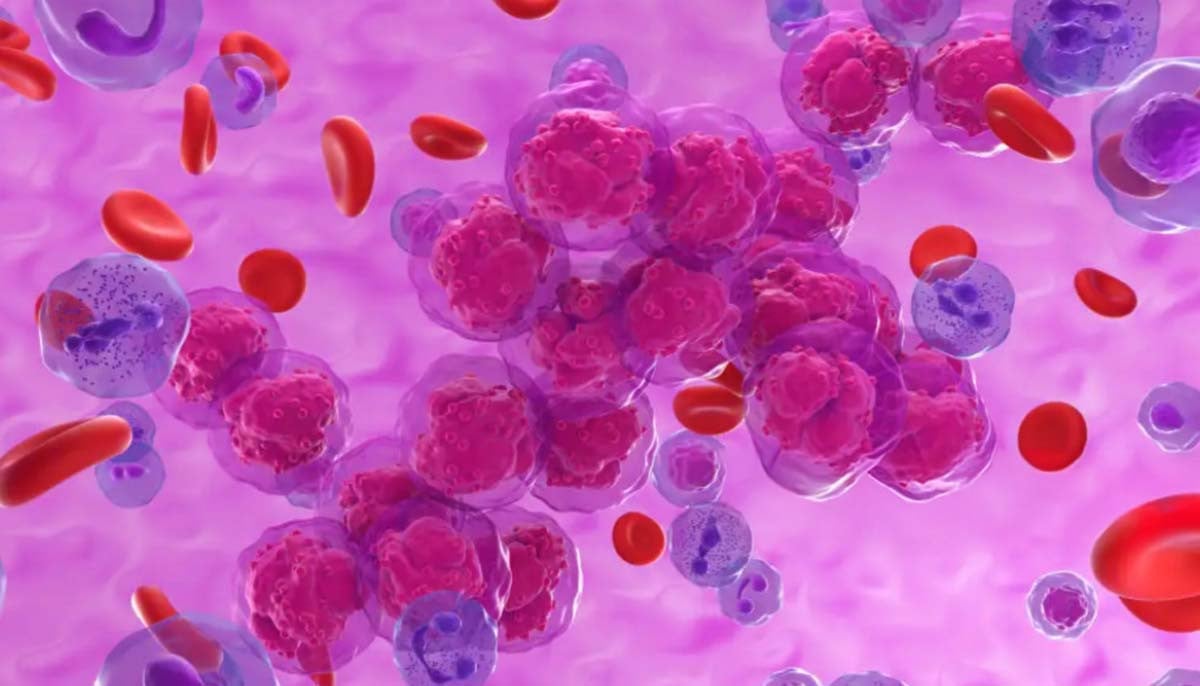Hairy hope: Skin moles may be the ultimate answer to baldness
The research plans synthetic trial for outpatient hair growth using microneedling, similar to Botox, making hair loss treatment accessible
Even though shaved heads have recently become one of the hottest fashion trends, a lot of people sport skinheads because they may be experiencing hair loss.
In a recent study that was published in the journal Nature, researchers found that unsightly skin moles may be able to prevent hair loss and prolong the lifespan of your hair.
Researchers at the University of California, Irvine have been examining skin moles for almost ten years to determine why they produce such long hairs. Their most recent study demonstrates that these moles have specific chemical compositions that encourage hair growth.
"Nature gave us clues in those hairy skin moles," said Maksim Plikus, the study's lead author and a professor of developmental and cell biology at UC, Irvine.
The average person loses between 50 and 100 hairs per day, and the stem cells in their hair follicles then produce new hair. However, the stem cells are dormant in people with baldness or pattern baldness, also known as alopecia or androgenic alopecia, which prevents the growth of new hair.
Plikus and his research group showed in mouse experiments that an osteopontin molecule, which is particularly abundant in hairy skin moles, could activate dormant hair follicle stem cells.
Following the grafting of mouse skin samples onto human skin, the scientists tested this by injecting the mice with the molecule three times, each time spaced one day apart.
According to the research, the mice's new, one-centimeter-long hair began to grow as soon as the injections were given.
The researchers also injected a neutral protein in a different area of the skin in an effort to confirm that osteopontin was indeed the cause of the hair growth, but that injection site did not produce any new hair.
According to NBC, Plikus claimed that his findings, in contrast to studies that concentrate on mouse fur, are more applicable to humans because the experiment used human skin samples and tested a molecule found in human moles.
"The mechanism that they identify in mice seemed to be applicable to understand hair follicle growth in humans. That is a remarkable part of the study," said Mayumi Ito, a professor of dermatology and cell biology at NYU Langone Health, who wasn't involved in the research.
In theory, Plikus said, people could then see their natural hair grow back as it was before they experienced baldness.
"Your pre-existing dormant hair follicles will awaken and they will start growing again," Plikus said. "Once they start growing, they will naturally produce hair that has qualities that you kind of remember when you were 18. It will be the same thickness, length. It will be straight or curly."
Furthermore, Amplifica, co-founded by Plikus, is licensing his research and advancing it to clinical trials. The company plans to begin a human trial in the coming months to test the safety of a compound for delivering osteopontin to the body.
The company also plans to conduct a synthetic version trial in hopes for Plikus' research potentially leading to an outpatient hair growth procedure, similar to Botox, using microneedling.
The FDA has approved two treatments for hair loss: Propecia and Rogaine, that are prescription pills and have side effects, such as skin irritation and erectile dysfunction.
However, neither drug is fully effective in restoring hair loss. Dr. Jeremy Green, a board-certified dermatologist, believes treatments are not enough to address the issue.
Green also clarified that the molecular injection Amplifica, which is being developed, may not work for hair loss caused by medical conditions like thyroid disorders. He hopes the injection could benefit many patients with balding or thinning hair.
-
Oprah Winfrey reveals how her weight-loss medication works
-
NHS issues 'eight-week' warning for omeprazole users
-
A new “living drug” offers hope for patients with aggressive blood cancer
-
What kind of cancer does Colleen Hoover have and how is she managing it?
-
Living with chronic pain? This simple technique may help
-
Are your daily nasal decongestant sprays safe? Find out what experts say
-
Why depression is more than 'just in your head'
-
Study finds your morning coffee could help with type 2 diabetes












